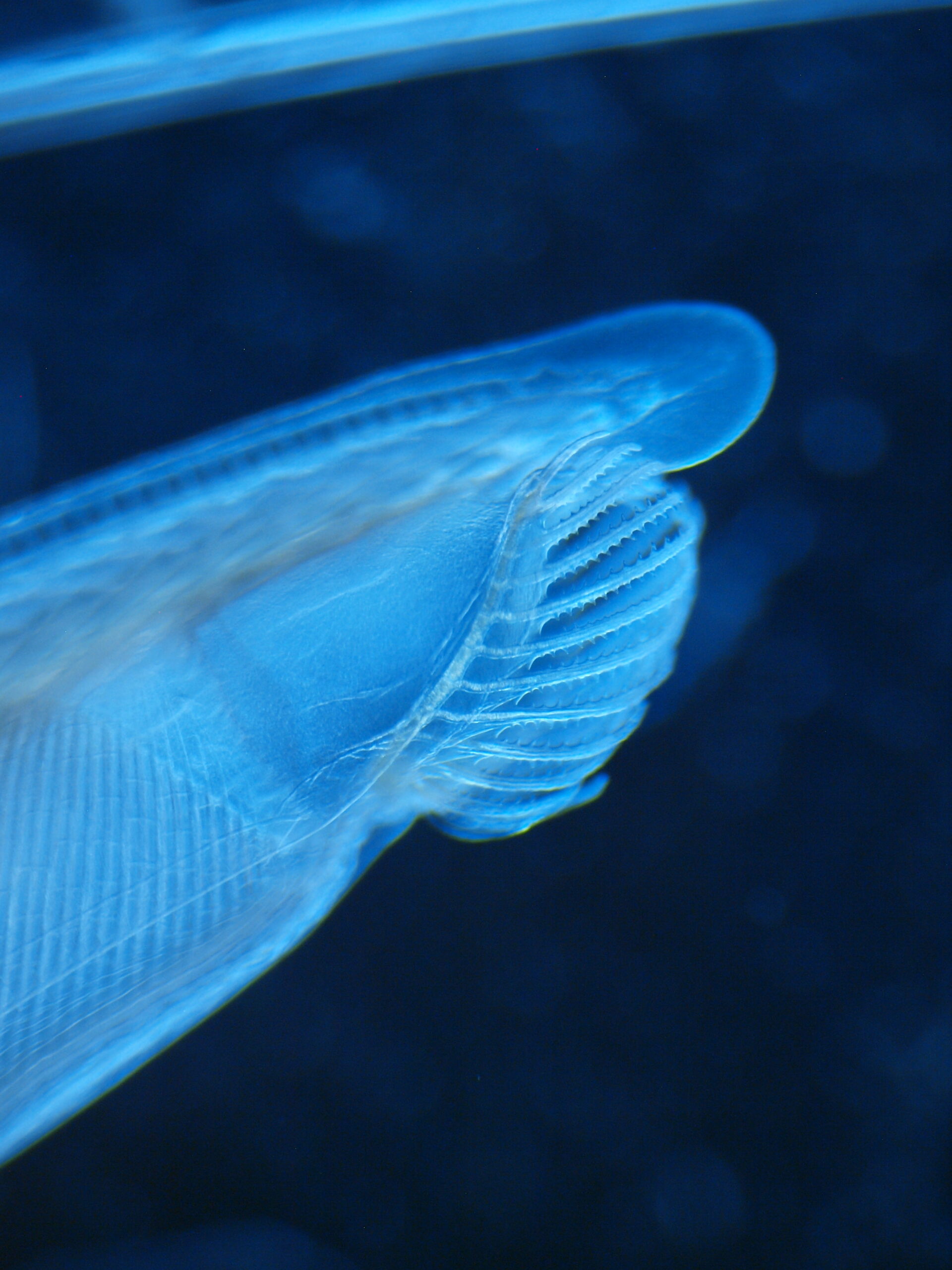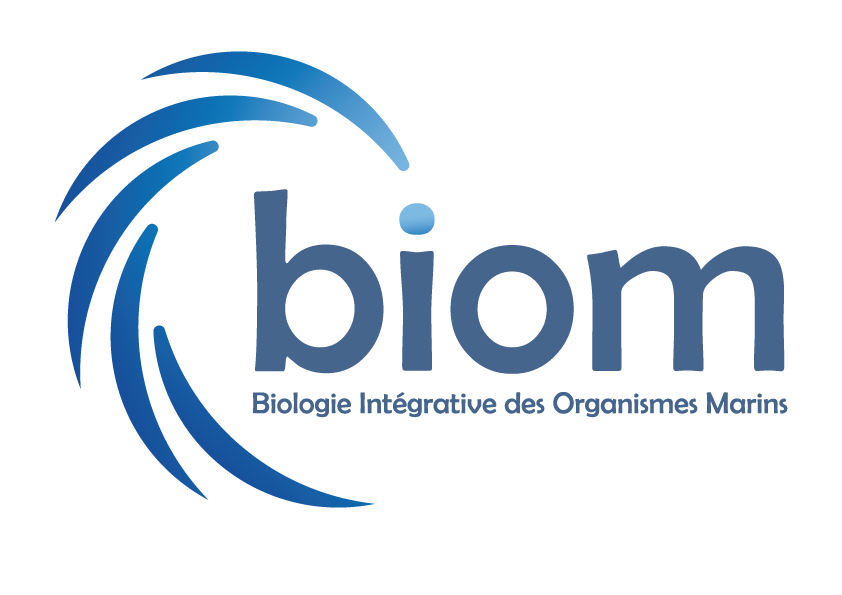Team leaders
Stéphanie Bertrand & Hector Escriva
Presentation
Our team is interested in the evolution of morphology during the transition from non-vertebrate chordates to vertebrates. This transition is a good model for studying the evolution of developmental mechanisms for three reasons: i) two complete genome duplications took place during this transition, leading to an expansion in the number of genes in vertebrates, ii) we have access to a non-vertebrate chordate animal that proves to be a model of choice for comparative studies, and iii) numerous studies exist on the molecular mechanisms controlling embryonic development in vertebrates.
The animal model we use is the cephalochordate amphioxus, representing the earliest diverging lineage of chordates. It has retained all the defining morphological features of chordates (hollow dorsal nerve tube, dorsal notochord, pharyngeal slits, etc….) but remains a very “simple” organism from both anatomical and genomic points of view.

Our team has developed a method for inducing gamete emission on a daily basis during the amphioxus breading season, as well as basic techniques for studying embryonic development (conventional and HCR in situ hybridizations, immunolabeling, pharmacological treatments, mRNA microinjections, etc….). We also sequenced the complete genome and carried out an epigenome analysis of the European amphioxus, Branchiostoma lanceolatum. We developed, in collaboration with other laboratories, RNA-seq, ChIP-seq and ATAC-seq techniques for this model, as well as more recently scRNA-seq and CRISPR/Cas9 approaches. In addition to the acquisition of new knowledge concerning the biology, genomics and ecology of amphioxus, we are conducting several research projects concerning the evolution of major processes in embryonic development. In particular, we are interested in the evolution of the vertebrate head, a complex structure combining a highly developed central nervous system, multiple sense organs, and specially arranged cartilages, bones and muscles.


